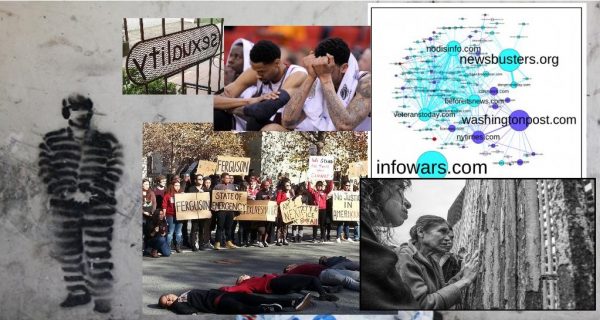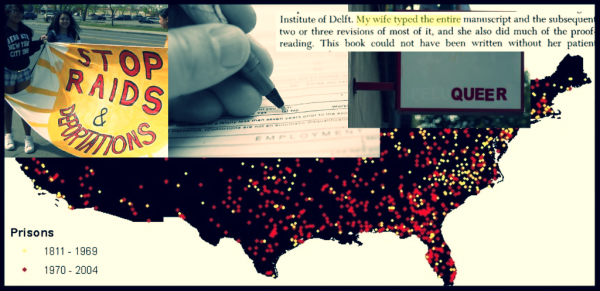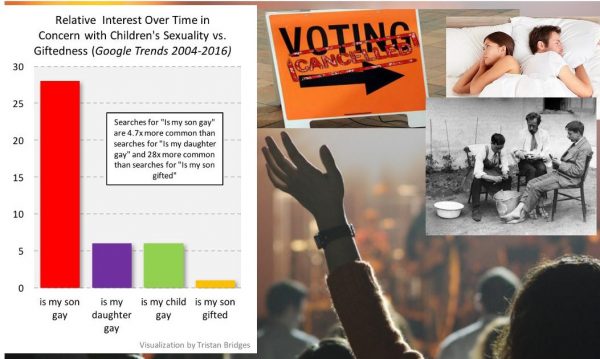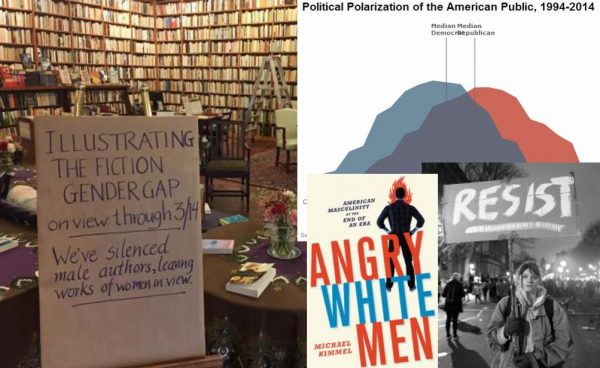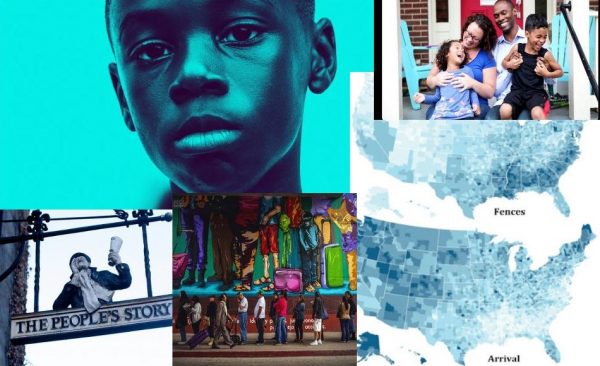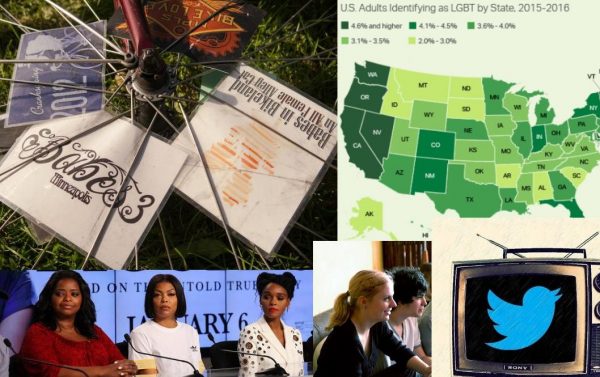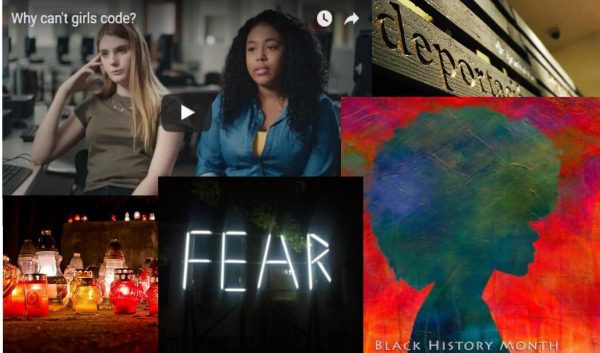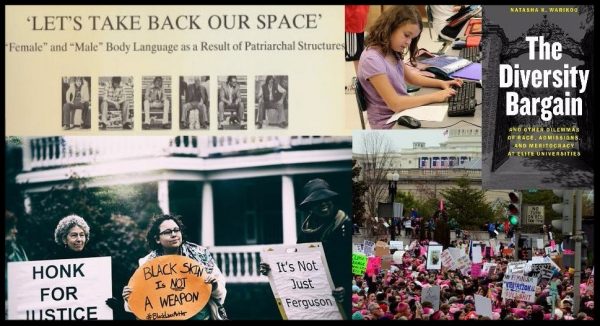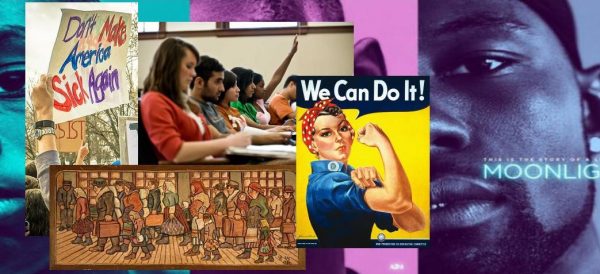
Spring is in the air and sociology is on our minds. This week we cover gender roles during WWII, racial differences in support for the Affordable Care Act, and the immigration-crime paradox. All that and more below.
There’s Research on That!:
“The Immigration-Crime Paradox,” by Ryan Larson. Research shows that even though immigrants and the areas they inhabit are associated with lower levels of crime, both documented and undocumented individuals are more likely to be incarcerated and receive longer prison sentences.
“Moonlight, Masculinity, and Black Male Sexualities,” by Amber Joy Powell. Social science sheds light on the origins of stereotypes about Black male sexuality and how they influence Black men’s gender and sexual identity performances.
Discoveries:
“Women, WWII, and Reflections on Shifting Gender Roles,” by j. Siguru Wahutu. New research in Sociological Forum reads diary entries written by women during the Blockade of Leningrad to understand their perceptions of shifting gender roles.
Clippings:
“Race and Support for the Affordable Care Act,” by Neeraj Rajasekar. Judy Lubin tells CNN why white support for Obamacare might have saved it.
“Why Fathers Are Afraid to Take Advantage of Paternity Leave Policies,” by Chelsea Carlson. The Guardian looks to Tina Miller to understand how gender norms shape parental leave.
From Our Partners:
Contexts:
“Observing Life and Death in America: Gary Younge,” with Steven W. Thrasher.
And a Few from the Community Pages:
- Cyborgology talks the quantified self.
- Families As They Really Are breaks down housing options for 25-34-year-olds.
- Sociology Toolbox fosters participation in sociology courses.
- Sociological Images finds less policing does not lead to more crime.

